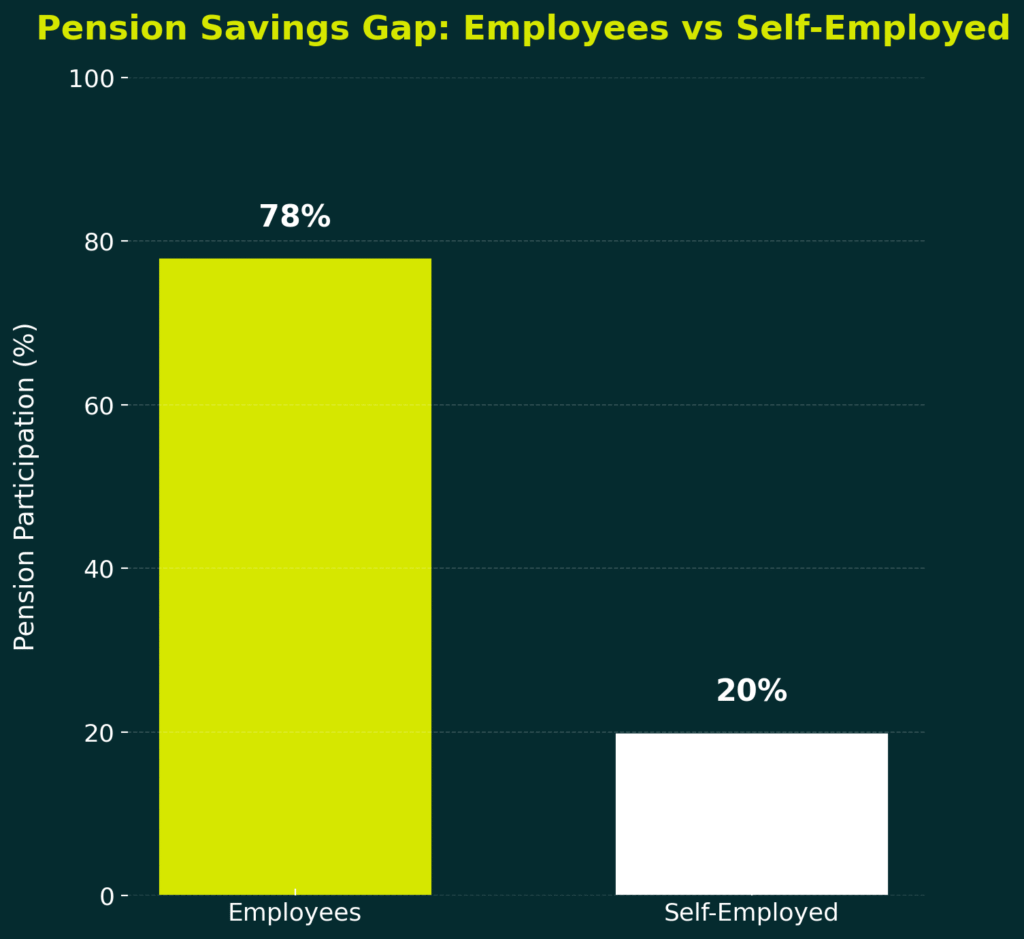


• SIPPs (Self-Invested Personal Pensions): Flexible, with wide investment choice.
• Nest pensions: Government-backed, simple to set up, good for smaller contributions.
• Stakeholder pensions: Capped charges and low minimum contributions.
• Choose your pension type (Nest, SIPP, stakeholder).
• Automate contributions (e.g., set monthly direct debits, even small amounts).
• Use a pension calculator to estimate how much you should be saving.
• Review tax relief – make sure you’re claiming all available benefits.





Subscribe to our newsletter for exclusive tips, expert advice, and the latest updates from Zomi Wealth—delivered straight to your inbox.
Know more about Zomi Wealth, how we invest, our plans and how to be a part of Zomi Wealth. Contact Us!